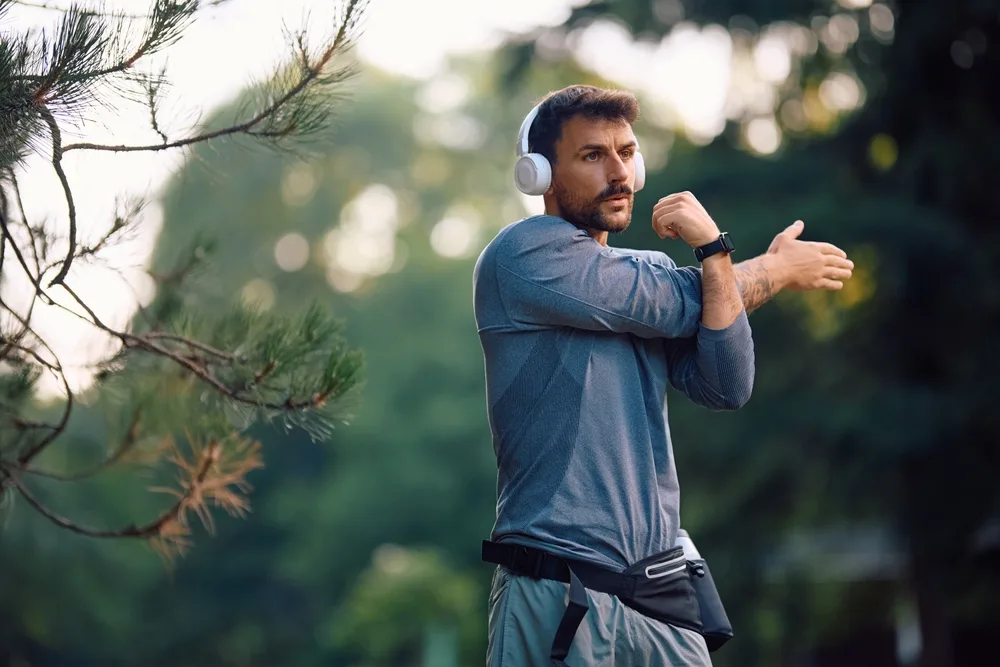Whether you’re at work, at home, with friends or anywhere in between, conflict is a fact of life. At some point, you are likely to be in conflict with just about anyone you spend an extended amount of time with.
Read on to learn about a few effective conflict resolution strategies to help you get through disagreements, arguments and tense moments a little more effectively.
Understanding how to resolve conflict effectively is extremely important. If you ignore the disagreements or interpersonal disputes that are bound to come up at some point with coworkers, family or friends, you risk creating resentment and awkwardness that will make it hard for those relationships to last.
Face-to-face communication is about more than just what you’re saying — it is also about the way you are saying it and your body language in the moment. Body language often clues you in as to how someone is feeling. Sometimes, it can even help you understand your own mental state, especially in situations where you are having trouble telling your feelings apart.
In order to ensure that the individual who you’re speaking to doesn’t mistake the intent of the points which you make, be mindful of little details that could send the wrong impression during a tense conversation.
Here are a few strategies to keep in mind when it comes to body language:
Keep your arms uncrossed. Crossing your arms signals that you are uncomfortable. When it comes to conflict resolution, you need to be able to express yourself honestly, and crossing your arms may tell the other person that you are having trouble being vulnerable with them.
Avoid tensing up your muscles. In uncomfortable situations or in conversations where you feel angry, you may naturally tense up your muscles, especially your eye muscles and your trapezius (the muscles between your neck and your shoulders). However, try to relax these muscles, as this may help put the other person more at ease.
Face the person you are talking to. Facing away from someone you are having a difficult discussion with makes it seem like you are not invested in the conversation and will not be willing to come to a mutual resolution.
Make eye contact. Too much eye contact can be awkward or confrontational, but constantly looking away can make you look nervous, anxious, dishonest, etc. When it comes to getting eye contact right, the trick is actually not to think about your eyes at all. Just make a conscious effort to relax your face and then focus on what the other person is saying.
When it comes to nonverbal communication during conflict resolution, the goal is to appear open, honest and relaxed.




